In Afghanistan, we have seen unequivocal images: the chaotic withdrawal (more like an escape) of the United States and its Atlantic NATO allies after twenty years of the alleged war on terrorism, stamps a defeat of historic proportions on Washington. In all likelihood, in the future, August 2021 will be remembered as the date that marks the definitive decline of the US empire and the unipolar world order that emerged after the collapse of the Soviet Union.
According to some observers and analysts, the United States has decided to leave Afghanistan to concentrate its forces in the Pacific. For this reason, the United States, Great Britain and Australia have surprisingly launched a security pact in the Indo-Pacific area, a sort of “NATO of the Pacific”, which will be called Aukus (acronym of the three countries) and which provides for the sale of submarines nuclear-powered in Canberra, a technology that Washington had until now shared only with London.
This move has infuriated France over trade issues and displaced Brussels. “We regret not having been informed and not included in these negotiations” the initiative “reminds us to reflect on the priority of the EU’s strategic autonomy”, observed the High Representative for Foreign Policy of the EU, Josep Borrell, who presented to the press the new European strategy on the Indo-Pacific, including the hypothesis of an “enhanced” naval deployment in the region by the member states of the European Union.
Returning to the well-known Afghan events, Italy (as a US ally and vassal) is embedded in this Western defeat or retreat in an area of the world, Central Asia, an area of primary strategic importance at a geopolitical level.
Heartland
The English geographer Halford Mackinder developed the idea that the world is divided into a world island and a continental island, whose “geographical pivot”, the heartland or heart of the world, is Central Asia and Eastern Europe, constituted from the territory that goes from the Volga River to the Yangtze and from the Himalayas to the Arctic Ocean. This pivot is surrounded by two major regions: growing marginal and growing insular. This space forms the world island made up of Europe, Asia and Africa. His theory supports the idea that whoever dominates the heartland will in turn control the island of the world, which would allow him to control the global geopolitical course. It was therefore no coincidence that President Obama based US foreign policy for the 21st century on the concept of building the ‘Pivot to Asia’.
Furthermore, perhaps even more relevant today, the territory of Central Asia connects China with Europe and the Mediterranean through the so-called ‘Silk Roads’. For Italy, this is a sort of return to the past. In fact, already in the Middle Ages Genoese and Venetian merchants traded with the rich cities that had sprung up along the Silk Road. Then, Marco Polo’s journey was famous as he crossed all of Central Asia from Venice to China.
Italy and Central Asia
Over the last twenty years, Italy has taken part in conflicts and military interventions, from the Balkans to Libya, which have brought chaos and destabilization practically on the doorstep of Rome. This happened due to a number of factors such as the lack of any strategy, sovereignty and long-term vision. In addition to the lack of a political class that was equal to the situation. Italy has limited itself to following, or enduring, with blind fidelity the wicked choices of Washington.
However, the situation is different with regard to Central Asia. Although Italy has followed the US line also in this area, Rome has interesting room for maneuver that could and should lead to an opening towards the growing Eurasian world.
How will Italy act in what some analysts have called the Great Game 2.0?
Due to its location in the center of the Mediterranean Sea, Italy has always played the role of hinge between the West and the East. Therefore, at the end of the Cold War, Rome was able to initiate a fruitful dialogue with the newborn post-Soviet republics of Central Asia; a dialogue facilitated by the good relations that Rome has had with Moscow since the days of the old Soviet Union despite its position in the Western alliance.
Italy is also a country poor in terms of commodities: it depends on foreign countries for energy supply. Over the last two centuries, it has always had as its main concern to ensure adequate supplies of commodities and, in particular, of fossil fuels. This necessity has led Rome to enter, especially after the Second World War, in several relevant regions to extract what it needs.
With the need to find areas from which to import fossil fuels and new outlets to export its manufacturing products, Italy naturally looked to Central Asia. Located halfway between Europe and China, this region has become over the years a fundamental piece in the geopolitical vision of Rome.
The first country where Italy landed was Kazakhstan: since 1992, the main Italian oil company, ENI, began operating in the country by acquiring the concession for the Karachaganak field in cooperation with Shell. From this field, ENI extracts 240,000 barrels of oil and 280 million cubic meters of gas every day. Other Kazakh fields where ENI is active are Isatay, Abay and Kashagan. Another important state in terms of energy is Turkmenistan, where Italy once again entered thanks to ENI in 2008 with the Burun field in the western part of the country. In this case, about 3 million barrels of oil are extracted per year. Eni is the only Western oil giant operating in Turkmenistan. Another resource rich country, which Italy is trying to enter, is Uzbekistan: this year Rome, through a subsidiary of ENI, Versalis, is scheduled to build a chemical complex in Karakul.
The hunger for resources and energy is not the only thing that brings Italy to Central Asia. Investments in renewables in Kazakhstan, in agriculture and mechanics in Uzbekistan and in hydroelectrics in Tajikistan are just some of the vectors through which Rome projects its influence along the Silk Road. Particularly in Tajikistan, the giant Webuild, formerly Salini Impregilo, is building what will be the largest dam in Central Asia: the Rogun dam.
According to some analysts and observers, Italy could expand its range of action in sectors such as football, transport, entertainment and culture. Rome’s presence is not a cause for alarm for Moscow-Beijing, in fact, it is welcome.
Another country with which Italy has excellent relations is Azerbaijan. For Rome, this frontier land between the Russian and Turkish worlds represents a precious ally. The strategic partnership with Baku has allowed Italy not to suffer too much from the traumas due to the regime change in Libya and the erosion of its influence in the so-called enlarged Mediterranean, because the riches contained in the Azerbaijani subsoil have contributed significantly to safeguarding the energy security of Rome. The Italian-Azerbaijani partnership does not stop at the sole aspect of energy cooperation, because the two countries actively collaborate in a myriad of sectors, from trade to dairy, through culture. Italian companies are playing a key role in the reconstruction of liberated territories of Azerbaijan during the last Nagorno-Karabakh war.
In summary: Rome’s cooperation with the countries of Central Asia is in full expansion, today, Italy is Kazakhstan’s second largest trading partner, behind of only Russia: it is first among the member states of the European Union. Moreover, 9% of Eni’s crude oil production comes from wells and fields in Kazakhstan. Italy is the only member country of the European Union linked to the former Soviet countries of Central Asia by a 5 + 1 multilateral dialogue format.
Italy, Turkey and ‘Türk Dünyası‘
When we talk about Central Asia, we are talking about the Turkish world (türk dünyası). Therefore, in addition to good relations with Russia and China, we must also think about dialogue with Ankara. From this point of view, Italy has managed to create positive relations with Turkey in the main areas where the two spheres of influence overlap.
In the Mediterranean, Italy and Turkey obtain evident benefits when they base their relations on dialogue and cooperation. The two countries also share a common need: to turn their gaze to the East where the new Eurasian multipolar order is under construction and on the rise.
The connecting area is Central Asia where the new Chinese silk road routes pass. In ancient times, the commercial and cultural exchanges that arose on the Silk Road were crucial for the development and flourishing of ancient civilizations, and equally important for laying the foundations of the medieval and modern world. They will serve the same purpose now for the Eurasian-powered multipolar world.





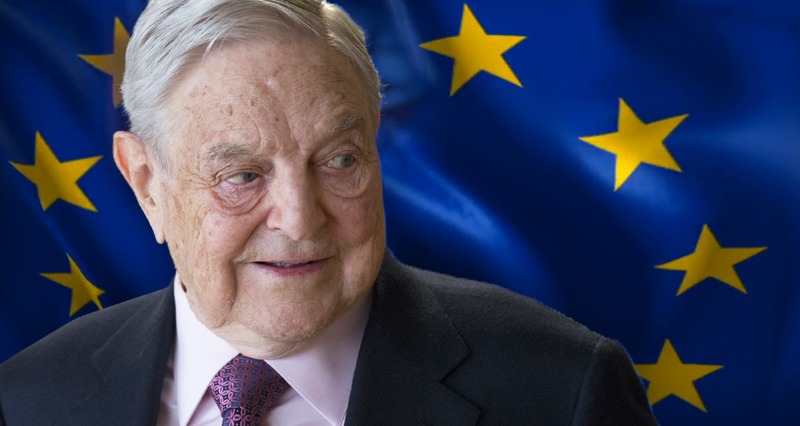

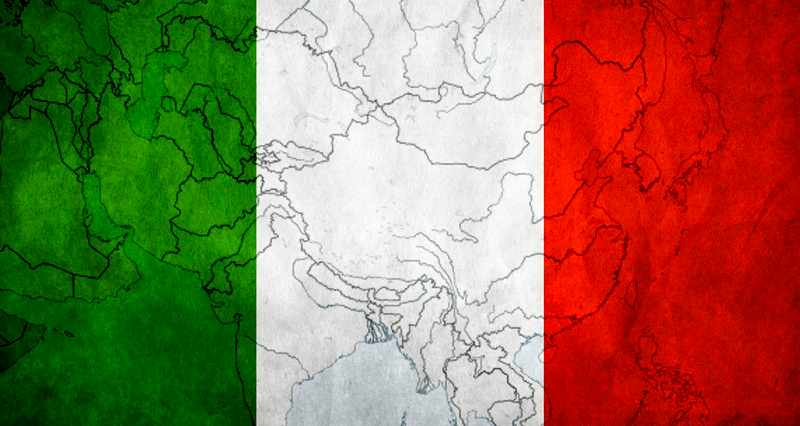
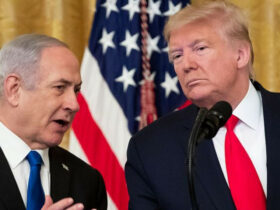

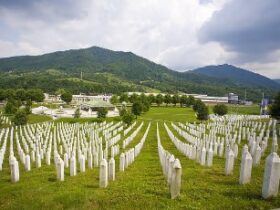
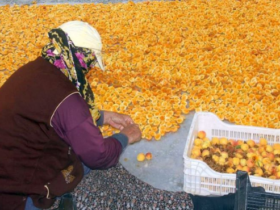

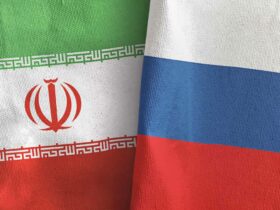

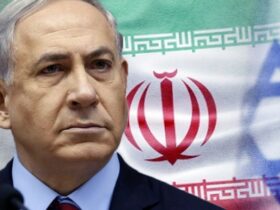

Leave a Reply